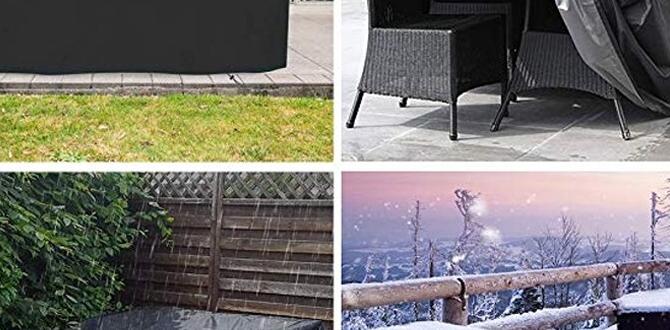Have you ever dreamed of growing your own vegetables? Imagine stepping into your backyard and picking fresh tomatoes, crunchy carrots, or sweet peppers. Vegetable gardening can be a fun adventure for anyone, especially beginners. But where do you start?
Don’t worry! In this article, we’ll share some simple vegetable gardening tips for beginners. You’ll learn how to choose the right plants, prepare the soil, and keep your garden healthy. Did you know that even a small space can grow a herb garden or container veggies? That means anyone can do it!
Gardening is not just about food. It’s a hobby that can help you relax and connect with nature. So, are you ready to dig in? Let’s explore how to turn your ideas into a blooming reality!
Essential Vegetable Gardening Tips For Beginners To Grow Successfully
Vegetable Gardening Tips for Beginners
Vegetable gardening can be a fun and rewarding journey. Start by choosing easy-to-grow plants, like tomatoes and lettuce. Prepare your soil well to help your vegetables thrive. Remember to water regularly, especially during dry spells. Did you know that plants love companion planting? Certain veggies grow better together. Keep an eye out for pests and use natural methods to keep them away. Happy gardening! Your delicious veggies are just a seed away.Choosing the Right Location
Factors to consider for optimal sunlight and drainage. Assessing soil quality and preparing the garden site.Finding the perfect spot for your vegetable garden is key to its success. Look for a spot that gets at least 6-8 hours of sunlight each day. Sun-loving veggies like tomatoes and peppers will thank you! Also, make sure the area has good drainage. Nobody likes soggy roots! Test your soil by grabbing a handful; it should crumble easily but hold its shape. If it’s too clumpy, you may need to enrich it. With great sunlight and soil, your plants will think they’ve landed in a five-star resort!
| Sunlight | Drainage | Soil Quality |
|---|---|---|
| 6-8 hours daily | Well-draining, not soggy | Loamy, crumble-friendly soil |
Planning Your Vegetable Garden Layout
Effective garden design for space maximization. Tips on companion planting and crop rotation.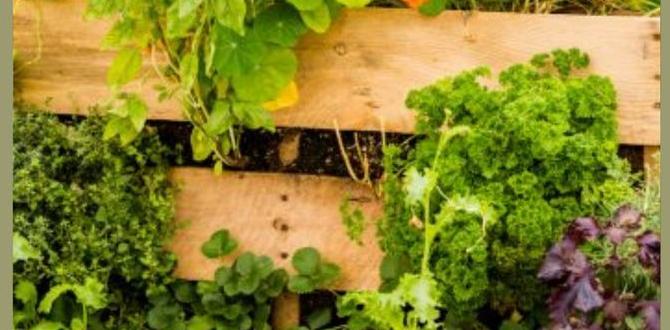
Creating a successful vegetable garden starts with a smart layout. Think of your garden as a puzzle, where every piece counts! First, consider space maximization. Use vertical gardening for climbing plants like tomatoes. They love to reach for the sky! Also, try companion planting. Friends in the garden help each other grow. For example, plant basil with tomatoes; they make a great pair! Lastly, practice crop rotation to keep the soil healthy. It’s like swapping lunchboxes with your friend; variety keeps things fresh.
| Plant Pairing | Benefits |
|---|---|
| Tomatoes & Basil | Improves flavor and growth |
| Carrots & Onions | Repel pests, boost flavor |
| Cabbage & Dill | Attract beneficial insects |
Choosing Vegetables for Beginners
Recommended easytogrow vegetables for firsttime gardeners. Understanding seasonal planting and local climate considerations.
Starting a garden can be fun and rewarding. For newcomers, it’s best to pick easy-to-grow vegetables. Choices like tomatoes, lettuce, and radishes are perfect. They sprout quickly and make gardening less stressful. Remember, timing is everything! Check your local climate to see what to plant and when. Spring is often a great time to start. Just think – fresh veggies without a trip to the store! Who doesn’t like that?
| Vegetable | Best Season | Time to Harvest |
|---|---|---|
| Tomato | Spring | 70-85 days |
| Lettuce | Spring/Fall | 30-60 days |
| Radish | Spring/Fall | 25-30 days |
Soil Preparation and Fertilization
Steps to prepare the soil for planting. Importance of organic matter and nutrients for healthy plants.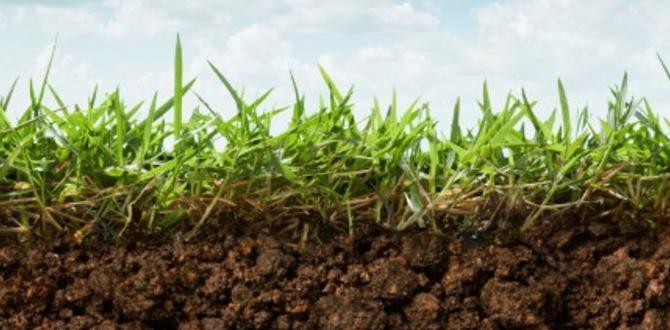
Getting your soil ready is like prepping for a big party—make it fun and useful! First, you need to clear any weeds and rocks. Then, dig up the dirt to make it fluffy. It’s like turning a pancake! Adding organic matter, like compost or aged manure, helps your plants feel loved. These goodies bring in nutrients that keep them happy and healthy. Good soil means happy plants. Remember, a plant party without snacks is just sad!
| Steps | Importance |
|---|---|
| Clear the area | Removes competition for nutrients |
| Dig and loosen | Helps roots spread and breathe |
| Add organic matter | Boosts nutrients for growth |
Watering Techniques for Vegetable Gardens
How to establish a proper watering schedule. Best practices for conserving water while ensuring plant health.Watering your vegetable garden is key for healthy plants. Start by making a schedule. Water in the early morning or late afternoon. This prevents water loss from heat. Aim for one inch of water each week. Use these handy tips:
- Check the soil. If it’s dry two inches down, it’s time to water.
- Use drip irrigation or soaker hoses to save water.
- Mulch around plants to lock in moisture.
Following these simple steps keeps your vegetables thriving and helps save water!
How often should I water my vegetable garden?
Water your garden once or twice a week, depending on rain and heat. Always check the topsoil first!
Pest and Disease Management
Common pests and diseases to watch for in vegetable gardens. Natural and ecofriendly solutions for pest control.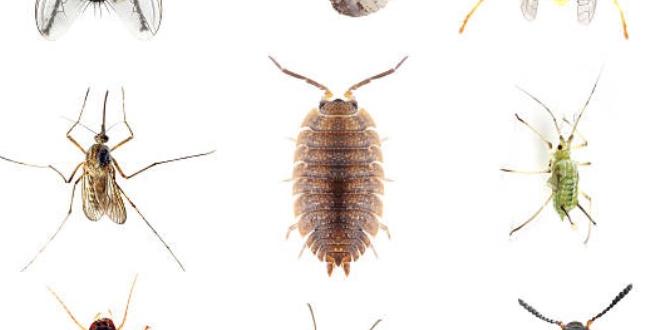
Pests and diseases can harm your vegetable garden. Common pests include aphids, slugs, and caterpillars. These bugs love to munch on tender leaves. Diseases like blight and powdery mildew can also appear, turning plants unhealthy.
Eco-friendly methods can help keep them away. Try these solutions:
- Plant marigolds to repel pests.
- Use neem oil, a natural pesticide.
- Encourage friendly insects like ladybugs.
- Create barriers with floating row covers.
A healthy garden is about smart choices. You can have a great vegetable patch while protecting the earth!
What are some common pests and diseases in vegetable gardening?
Common pests include aphids, slugs, and caterpillars. Diseases like blight and powdery mildew are also common.
Harvesting Your Vegetables
Signs of readiness for harvest. Best practices for harvesting and postharvest care.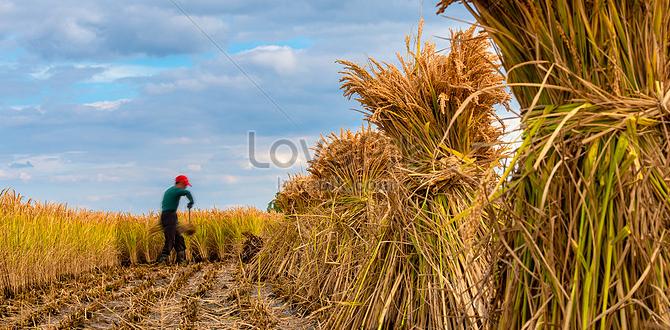
Waiting for your vegetables to ripen can feel like watching paint dry, but there are fun signs they’re ready! Look for vibrant colors and a proper size; these veggies are saying, “Pick me!” When you do, use a gentle twist or cut with scissors—no vegetable deserves a rude yank. After harvesting, place them in a cool spot to keep them fresh. Enjoy your tasty triumphs!
| Vegetable | Signs of Readiness | Best Harvesting Practices |
|---|---|---|
| Tomatoes | Bright red color | Twist or cut gently |
| Zucchini | Not too big, about 6-8 inches | Use scissors for a clean cut |
| Carrots | Top peeking above ground | Loosen soil before pulling |
Maintaining Your Vegetable Garden
Seasonal maintenance tips for a thriving garden. Importance of continuous learning and adapting gardening practices.Taking care of your vegetable garden requires some seasonal TLC! In spring, start with weeding and checking for pests. Summer is all about hydration—your plants can be thirsty little creatures! Come fall, gather your harvest and prep the soil for winter. Did you know that healthy soil is like a cozy blanket for your veggies? Keep learning and adjusting your methods; gardening is a “growing” experience! Remember, even the best gardeners don’t know everything. Embrace the fun of learning!
| Season | Tips |
|---|---|
| Spring | Weed and check for pests. |
| Summer | Water your veggies regularly. |
| Fall | Harvest and prepare soil for winter. |
Conclusion
In summary, starting vegetable gardening is fun and rewarding. Remember to choose the right spot, use good soil, and water regularly. Plant seeds at the right time, and watch for pests. You can grow tasty vegetables at home. Now, gather your tools, pick some seeds, and start your garden adventure today! For more tips, check out beginner gardening guides.FAQs
What Are The Best Vegetables To Start Growing For Beginner Gardeners?If you’re just starting to garden, great vegetables to grow are carrots, radishes, and lettuce. These plants sprout quickly, so you won’t have to wait long to see them. You can also try beans or tomatoes, which are fun to grow! Remember to water them and give them sunlight. Happy gardening!
How Do I Choose The Right Location For My Vegetable Garden?To pick the best spot for your vegetable garden, find a place with plenty of sunlight. Most veggies need about 6 to 8 hours of sun each day. Make sure the soil is good and drains well so water doesn’t puddle. It’s also important to have easy access to water for when you need to water your plants. Keep it close to your house, too, so you can take care of your garden easily!
What Type Of Soil And Amendments Do I Need For Successful Vegetable Gardening?For successful vegetable gardening, you need good soil that is rich and healthy. Use dark, crumbly soil that holds moisture but drains well. You can mix in compost to add nutrients, which helps plants grow strong. Also, adding some sand helps the soil drain better if it’s too heavy. Always check the soil moisture before watering your plants!
How Often Should I Water My Vegetable Garden, And What Are The Best Watering Techniques?You should water your vegetable garden about once a week. If it’s really hot or dry, water it more often. Try to give the plants about an inch of water each time. Using a watering can or a hose with a spray nozzle works well. You can also use a soaker hose, which delivers water slowly at the roots.
What Are Some Common Pests And Diseases To Watch Out For In A Vegetable Garden, And How Can I Manage Them?In a vegetable garden, common pests include aphids, caterpillars, and slugs. You can find aphids on the leaves, and they suck plant juice. To manage them, spray with water or use soap. Caterpillars eat the leaves, so pick them off by hand. Slugs like damp areas, so keep your garden tidy and use barriers like salt or copper tape.
{“@context”:”https://schema.org”,”@type”: “FAQPage”,”mainEntity”:[{“@type”: “Question”,”name”: “What Are The Best Vegetables To Start Growing For Beginner Gardeners? “,”acceptedAnswer”: {“@type”: “Answer”,”text”: “If you’re just starting to garden, great vegetables to grow are carrots, radishes, and lettuce. These plants sprout quickly, so you won’t have to wait long to see them. You can also try beans or tomatoes, which are fun to grow! Remember to water them and give them sunlight. Happy gardening!”}},{“@type”: “Question”,”name”: “How Do I Choose The Right Location For My Vegetable Garden? “,”acceptedAnswer”: {“@type”: “Answer”,”text”: “To pick the best spot for your vegetable garden, find a place with plenty of sunlight. Most veggies need about 6 to 8 hours of sun each day. Make sure the soil is good and drains well so water doesn’t puddle. It’s also important to have easy access to water for when you need to water your plants. Keep it close to your house, too, so you can take care of your garden easily!”}},{“@type”: “Question”,”name”: “What Type Of Soil And Amendments Do I Need For Successful Vegetable Gardening? “,”acceptedAnswer”: {“@type”: “Answer”,”text”: “For successful vegetable gardening, you need good soil that is rich and healthy. Use dark, crumbly soil that holds moisture but drains well. You can mix in compost to add nutrients, which helps plants grow strong. Also, adding some sand helps the soil drain better if it’s too heavy. Always check the soil moisture before watering your plants!”}},{“@type”: “Question”,”name”: “How Often Should I Water My Vegetable Garden, And What Are The Best Watering Techniques? “,”acceptedAnswer”: {“@type”: “Answer”,”text”: “You should water your vegetable garden about once a week. If it’s really hot or dry, water it more often. Try to give the plants about an inch of water each time. Using a watering can or a hose with a spray nozzle works well. You can also use a soaker hose, which delivers water slowly at the roots.”}},{“@type”: “Question”,”name”: “What Are Some Common Pests And Diseases To Watch Out For In A Vegetable Garden, And How Can I Manage Them? “,”acceptedAnswer”: {“@type”: “Answer”,”text”: “In a vegetable garden, common pests include aphids, caterpillars, and slugs. You can find aphids on the leaves, and they suck plant juice. To manage them, spray with water or use soap. Caterpillars eat the leaves, so pick them off by hand. Slugs like damp areas, so keep your garden tidy and use barriers like salt or copper tape.”}}]}
